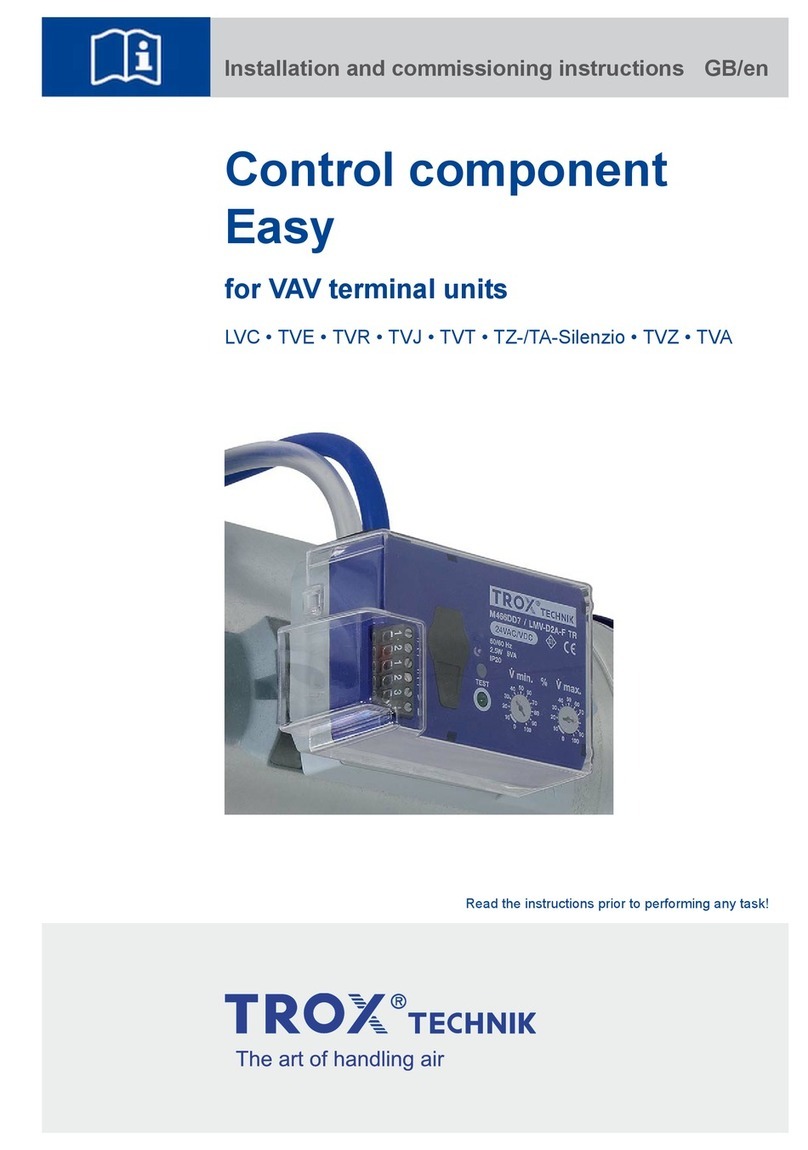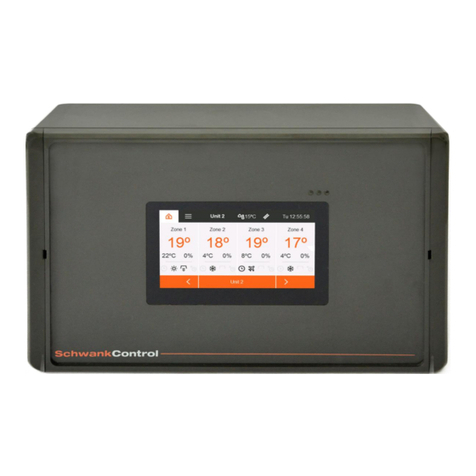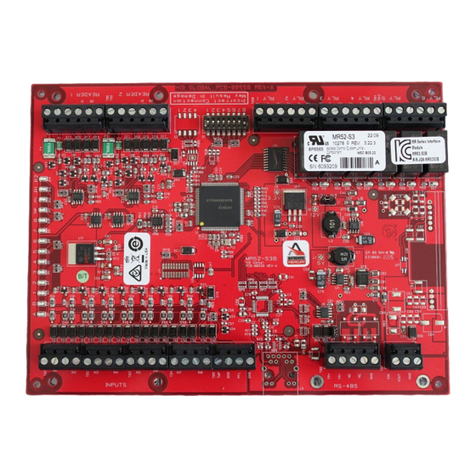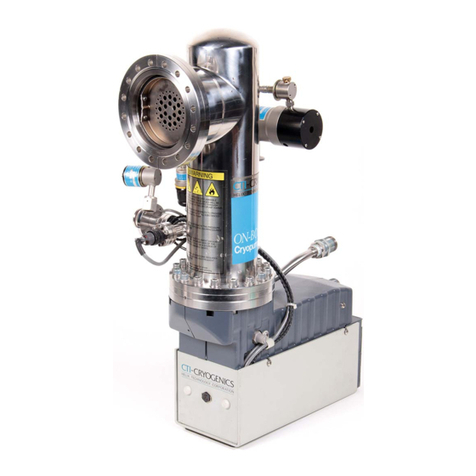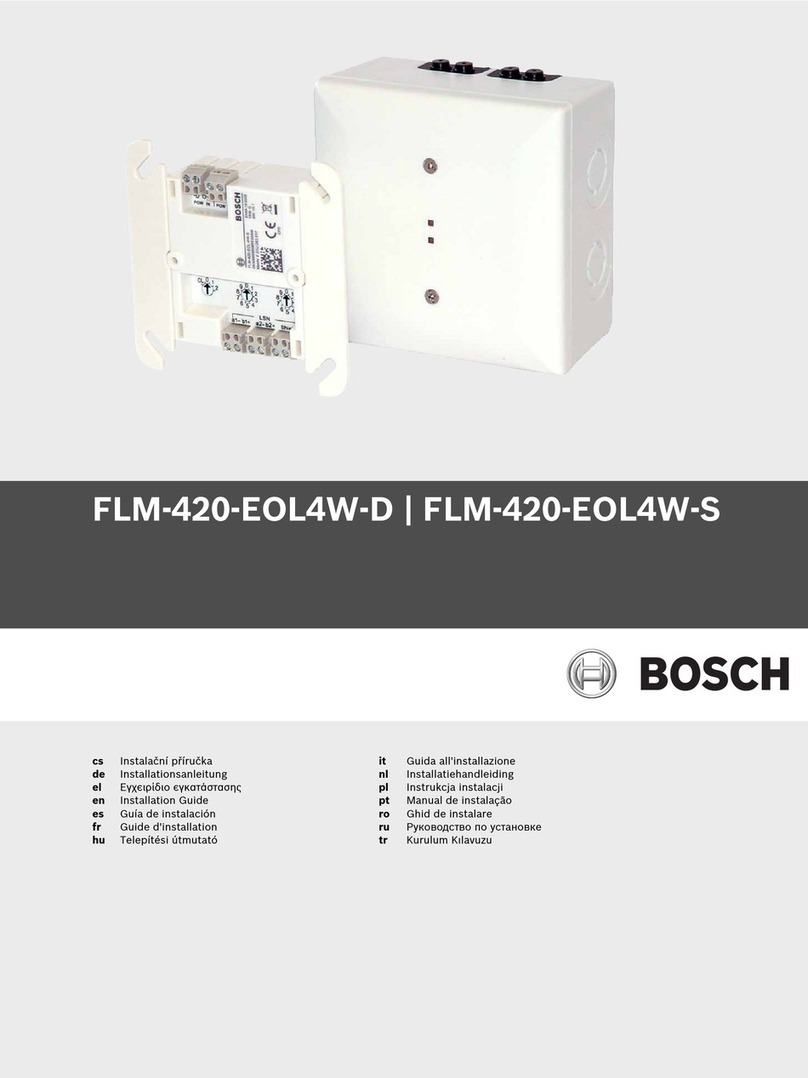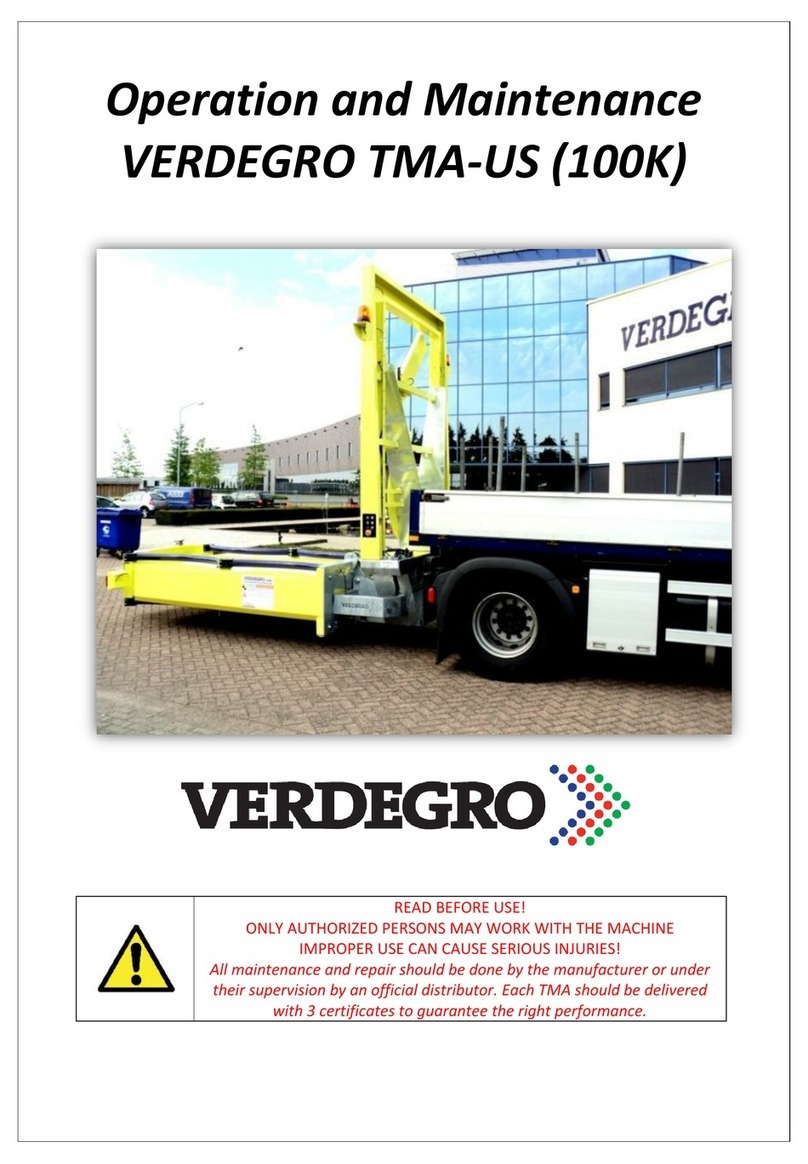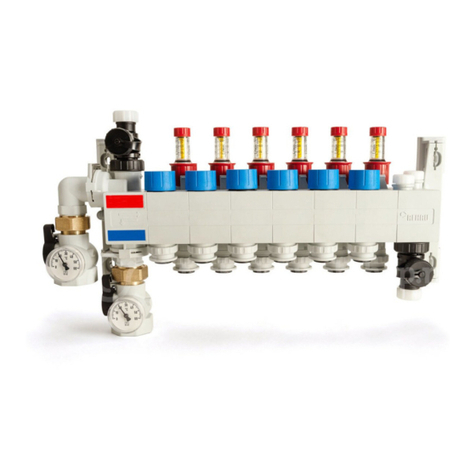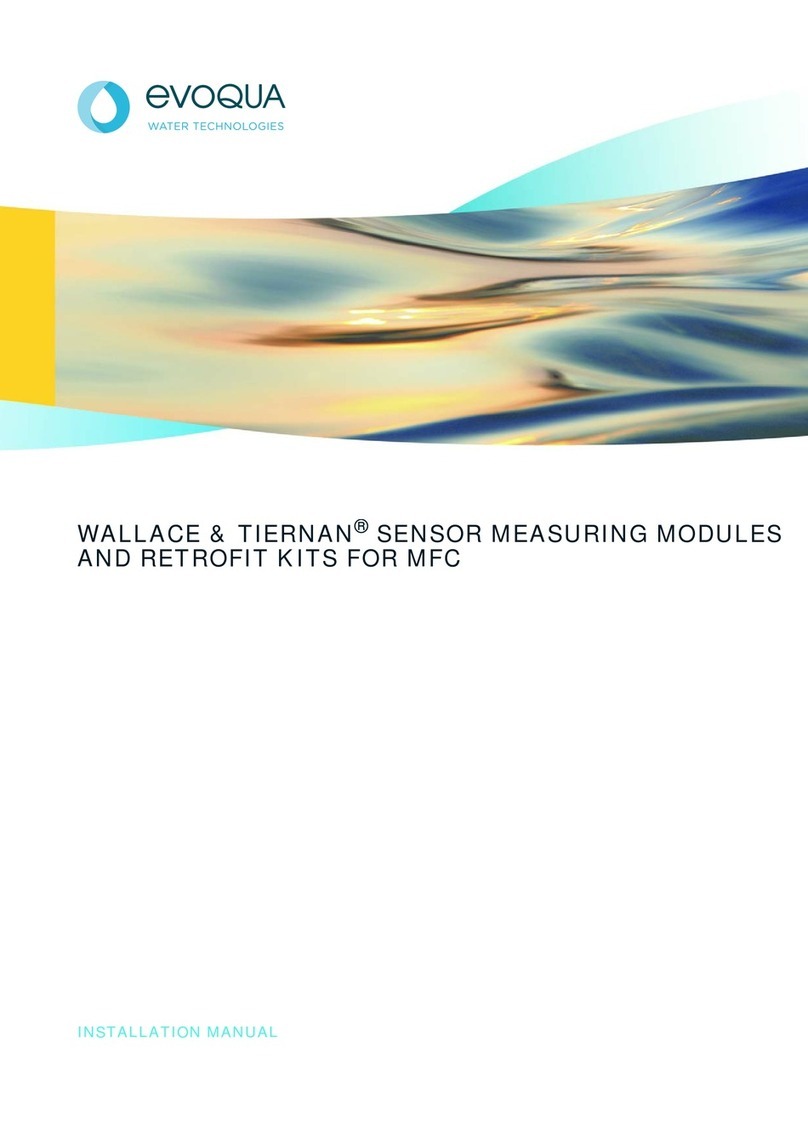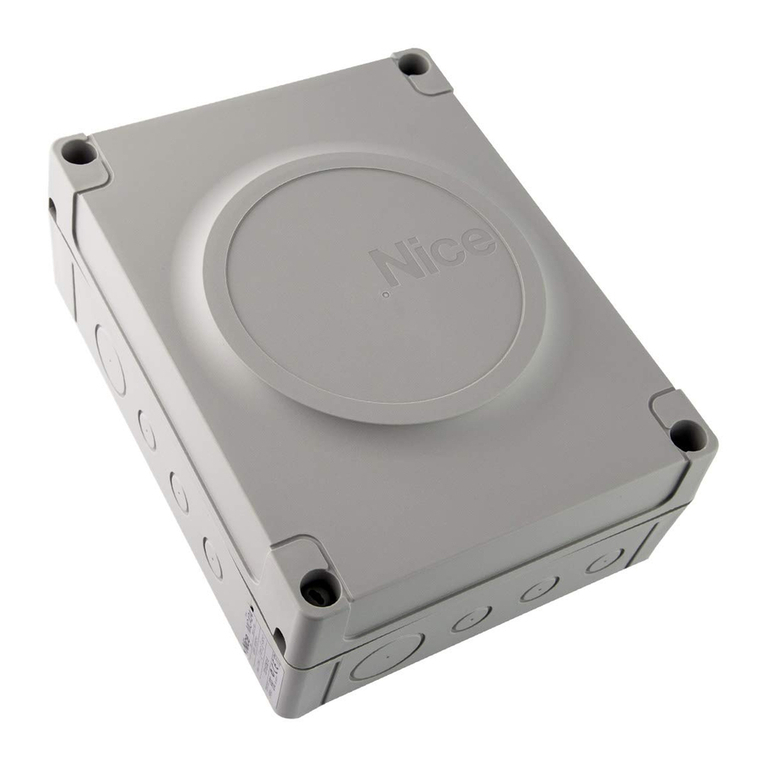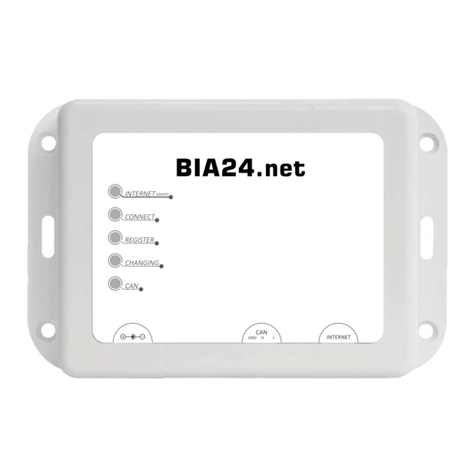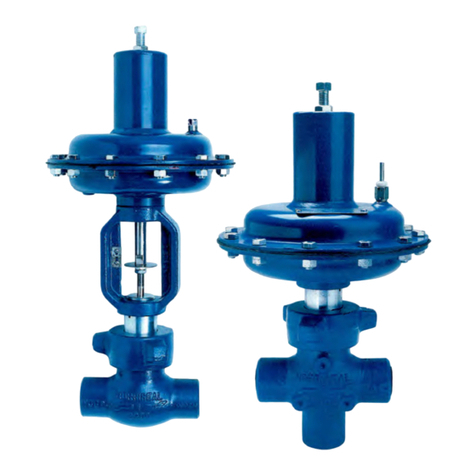
2700A — ©2015, February, 2015
P.O. Box 40525, Houston, Texas USA 77240-0525
Tel: 713·466·3552 · Fax: 713·896·7386
www.norriseal.com
OPERATING AND MAINTENANCE MANUAL
Series 2700A Control Valve
only Norriseal replacement parts.
Please refer to the serial and model
numbers on the nameplate when
ordering replacement parts.
Maximum allowable pressures for the
valve body and actuator and the maxi-
mum allowable temperature for the
valve are shown on the nameplate. If
pressure to the valve is capable of ex-
ceeding these limits, install relief valves
and other protection devices.
When ordered, the valve configura-
tion and construction materials were
selected to meet the specific pres-
sure, temperature, pressure drop and
fluid conditions. Since some body/trim
materials are limited in their pressure
drop and temperature ranges, do not
apply any other conditions to the valve
without first contacting your Norriseal
sales representative.
You will see warning boxes like this
throughout the manual. Please read
and strictly observe these warnings to
prevent personal injury or equipment
damage. Before you begin the instal-
lation, operation or repair of equip-
ment, make sure to completely review
and understand the instructions in this
manual.
Scope
This instruction manual includes
installation, operation and mainte-
nance information for Norriseal Se-
ries 2700A Control Valves. Please
refer to separate manuals for instruc-
tions covering controllers and posi-
tioners.
Description
The Series 2700A Valve is designed
for general purpose use applica-
tions for modulating or on/o service
in liquid or gas control. The Series
2700A has a single-port body with
two types of trim—plug control and
cage control. Plug control can either
be balanced or unbalanced. Cage
control must always be balanced.
The Spring/Diaphragm Actuator has
a spring under the diaphragm for
both direct (fail open) and reverse
(fail closed) settings.
The plug control trim, which can ei-
ther be balanced or unbalanced, is
used when uid is owing up under
the valve plug. The uid pressure
drop will occur between the plug and
the seat. The curve on the plug will
signify the ow as quick opening or
modied percent.
The cage control trim, which must
always be balanced, can be used
when uid is moving either up or
down. The uid pressure drop will
occur at the cage’s port. The curve
on the cage will signify the ow as
linear or equal percent.
Norriseal valves come standard with
spring diaphragm pneumatic actua-
tors. These actuators are available
in spring closing or spring opening
types and are both available in a
range of sizes to suit your operating
conditions.
Series 2700A valves are available
with either adjustable or non-ad-
justable packing. Non-adjustable
packing is Chevron V-ring style with
a spring below the packing to main-
tain a positive stem seal. Adjust-
able packing is square compres-
sion packing, either Teon/Kevlar or
Grafoil material. Both packing types
are held together with two studs that
hold a compressor bar to the pack-
ing retainer. The Series 2700A bon-
nets have a NPT thread, if you wish
to add an optional packing lubricator.
Before disassembly or maintenance,
all pressures in this device must be re-
lieved. Failure to relieve pressures may
result in personal injury or device dam-
age. The resulting uncontrolled vent-
ing or spilling of line fluids may cause
personal injury, loss of process control
or environmental contamination.
Valve Identification
The nameplate of the valve is at-
tached to the upper diaphragm
housing of each valve. The name-
plate lists the serial number, series
number and model number, as well
as other information applicable to
the particular valve assembly, includ-
ing trim size, trim and plug materials
and pressure and temperature limits.
Valve model numbers are 13
characters long (an example of a
model number would be: RF-14TGS-
12NX). For more information on the
model numbers, refer to the individu-
al product brochure.
When servicing valves, always use
Page 1 of 12
INTRODUCTION
CAUTION!
CAUTION!
CAUTION!
WARNING!
1.0 Valve Installation and
Start-Up
Before installing the valve, inspect
it for any shipment damage or any
debris that may have collected
during crating and shipment. Re-
move the ange protectors from
the body end connections.
Blow out all pipelines to re-
move pipe scale, chips, welding
slag and other debris. Gasket
surfaces should also be free of
any debris.
Install the valve so that ow is
in the direction indicated by the
ow direction arrow, which will
either be on the body of the valve
or on a tag pinned to the valve.
Install the valve using good
piping practice. For bodies which
contain anges, use a suitable
gasket between the body and
1.
2.
3.
4.
















